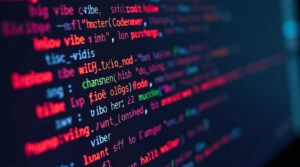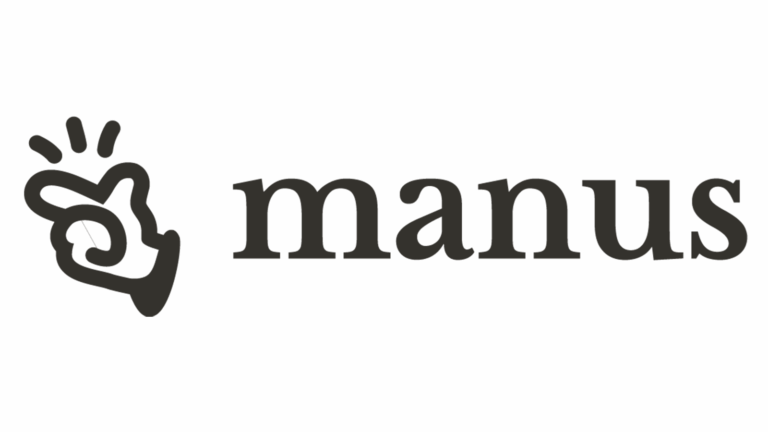DeepSeek’s new R1 model showed comparative capability to the best US Large Language Models when it was announced on 20 January. A week later, it caused a shockwave through the tech markets. AI chipmaker Nvidia was worst hit, with 17% ($579 bn) wiped off its value on Monday. It was the biggest daily US stock loss in history.
Why did this happen?
DeepSeek-R1 is a Chinese open source Large Language Model, developed as a side project by a hedge fund for just $6m – a miniscule amount when compared to the billions spent on US models like ChatGPT.
Fewer than 200 DeepSeek developers also didn’t have access to Nvidia’s most capable AI chips. This led many investors to question demand for massive AI infrastructure developments, and they consequently dumped high performing chip stocks.
What are the consequences?
Very big. The DeepSeek-R1 release is probably the biggest moment in generative AI since the launch of ChatGPT in November 2022. The consequences are threefold:
- Monday’s tech sell off amounted to $1.5 trn. It’s too early to say, but sudden drops of this magnitude can suggest a bubble is bursting.
- The US is not the distant leading tech superpower in the AI race as it was thought.
- An open source and free to access LLM with similar capabilities to the best US offerings undermines existing AI app business models.
That said, there have been many doubts raised about if DeepSeek really built the model for $6m and whether it did in fact use high end chips. The plot will thicken in the coming weeks.
There are certainly some oddities around the timing of the announcement. 20 January was President Trump’s inauguration, and it was 9 days before the Chinese Lunar New Year. Eyebrows are certainly being raised.
What are the practical implications right now?
Given it’s a Chinese model, DeepSeek is unlikely to get major traction for enterprise in the West. This is due to privacy and censorship concerns – it is not clear how uploaded data is handled, while it cannot answer questions related to the Chinese Communist Party.
However, with the app surging to the top of the US AppStore, it will almost certainly be used more widely by individuals and small businesses who will trade privacy for far lower costs. It has some real advantages in lower cost data analysis.
That said, the age old market forces of accessibility and compliance are most likely to shape the overall AI race for LLMs. DeepSeek is certainly accessible, but there are major doubts on compliance.
The bigger picture
It’s to predict the AI race with much certainty, but this was a seismic moment that sent shockwaves beyond tech.
It suggests the race could shape geopolitics into a bi-polar world of US and Chinese led technology reminiscent of the 1950s and 60s superpower conflict.
US super investor Marc Andreessen made such an observation, stating the release of DeepSeek-R1 was a ‘Sputnik moment’. In 1957 the Soviet Union caused a panic in the US as it became the first nation to put a satellite into orbit.
Meanwhile, co-operation between Beijing and Washington on one of the most pressing issues facing humanity appears absent. The US has embargoed the best AI chips, but small Chinese labs have seemingly been able to circumvent this problem, possibly with IP theft.
But the race is so fast, the pace of change so electric, that a US announcement could soon change the game again.
It has been a couple of months of breakneck announcements. Stay with us and recommend our newsletter to stay abreast of developments.

















